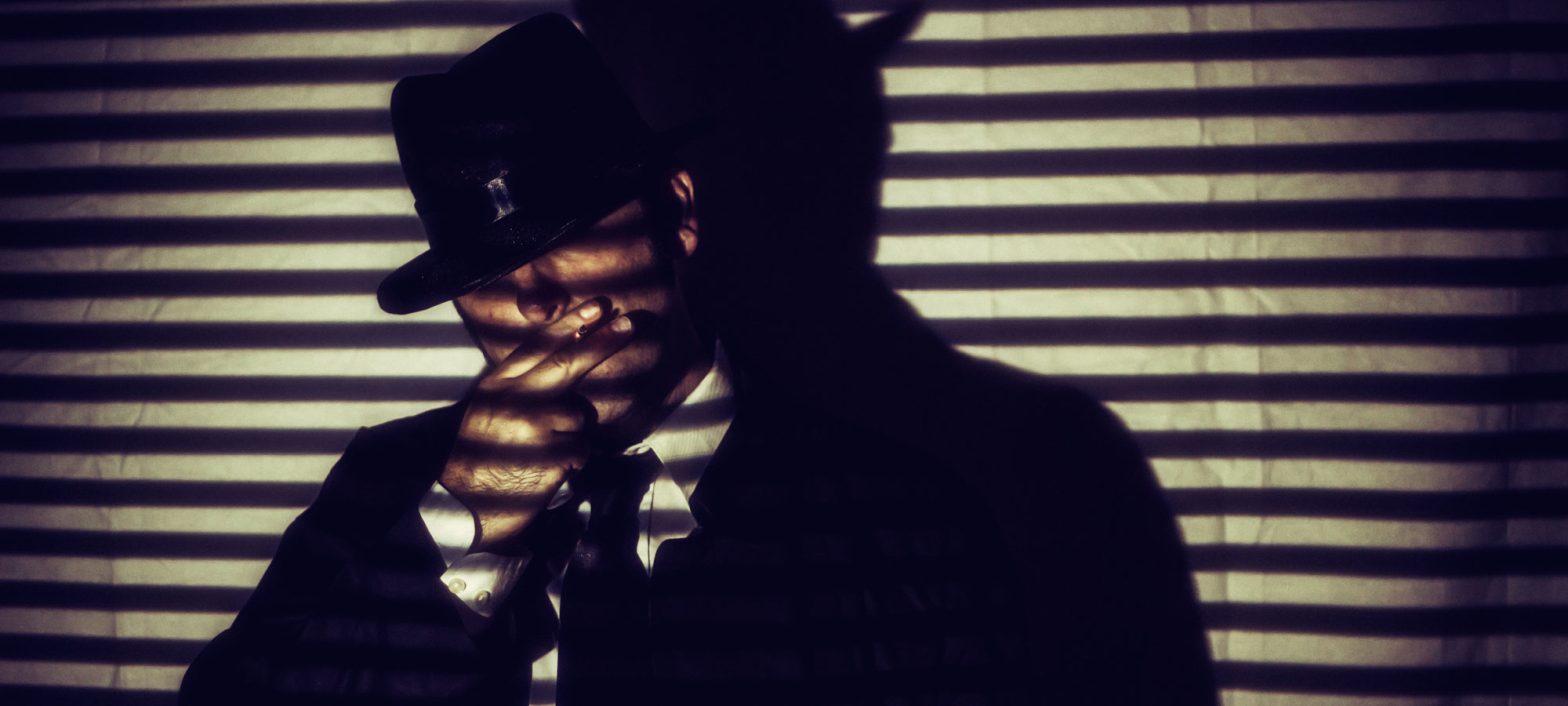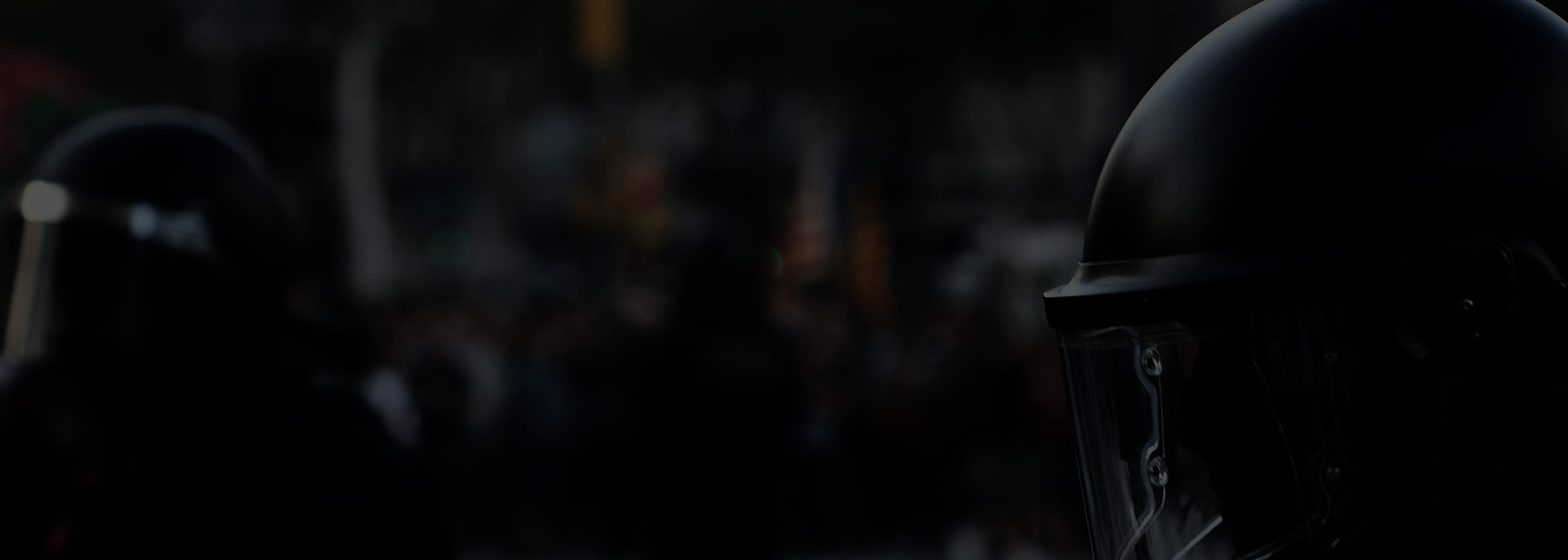
Introduction:
In the realm of filmmaking, lighting is an unsung hero that holds the power to transform a scene, evoke emotions, and shape the overall visual narrative. Cinematic lighting is a nuanced art form that involves a delicate dance between light and shadow. In this blog post, we unravel the key elements of lighting that contribute to the magic of the silver screen.
Natural vs. Artificial Lighting: Setting the Tone
- Cinematographers must make a crucial decision regarding the type of lighting that best suits the mood and tone of a film. Natural lighting, harnessing the sun’s rays or ambient light, creates a sense of authenticity and realism. On the other hand, artificial lighting, including studio lights and practical lamps, provides filmmakers with precise control over the atmosphere, allowing them to craft stylized visuals.
Quality of Light: Softness and Hardness
- The quality of light plays a pivotal role in defining the visual style of a film. Soft light, achieved through diffusers or natural sources on overcast days, creates gentle shadows and a flattering, even illumination. Conversely, hard light, often produced by focused sources, generates distinct and dramatic shadows, contributing to a more stylized and intense aesthetic.
Direction of Light: Shaping the Narrative
- The direction from which light emanates influences the mood and storytelling of a scene. Frontal lighting provides clarity and visibility to characters and settings, while side lighting can enhance texture and depth, casting intriguing shadows. Backlighting, with light originating from behind the subject, adds a cinematic flair by creating silhouettes and emphasizing contours.
Color Temperature: The Emotional Palette
- Color temperature, measured in Kelvin, determines the warmth or coolness of light. Cinematographers strategically manipulate color temperature to convey emotions and reinforce thematic elements. Warm tones evoke intimacy and comfort, while cool tones create a sense of detachment or mystery. Mastering color temperature adds layers of meaning to each frame.
Contrast Ratio: Defining Visual Hierarchy
- Contrast ratio refers to the distinction between the brightest and darkest parts of an image. Controlling contrast is essential for guiding the audience’s focus and establishing visual hierarchy. High contrast can create a sense of drama and intensity, while low contrast offers a softer and more subdued aesthetic.
Practical Lighting and Set Design: Enhancing Realism
- Integrating practical lights – lights that exist within the scene, such as lamps or fixtures – contributes to the realism of a film. These lights serve dual purposes by illuminating the scene and becoming part of the set design. The interplay between practical lighting and set design creates a cohesive and immersive visual experience.
Dynamic Lighting: Adapting to Narrative Shifts
- Dynamic lighting involves adjusting light setups to mirror the emotional shifts and narrative dynamics within a film. As scenes transition from moments of tension to resolution, changes in lighting contribute to the overall emotional impact. Cinematographers use dynamic lighting to underscore character development and plot progression.
Conclusion:
Cinematic lighting is a symphony of elements that harmonize to create visual poetry on the silver screen. From the subtle interplay of light and shadow to the strategic use of color temperature, each element contributes to the immersive experience of storytelling. As filmmakers continue to explore the artistry of lighting, they illuminate not just the characters and scenes but also the emotions and narratives that resonate with audiences worldwide.






